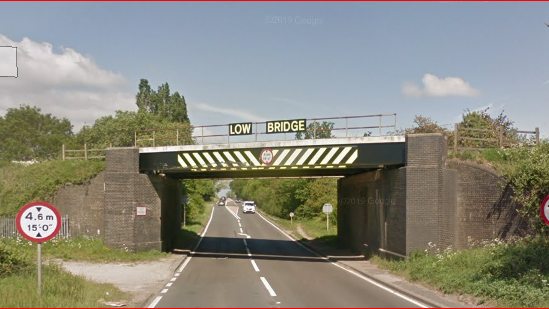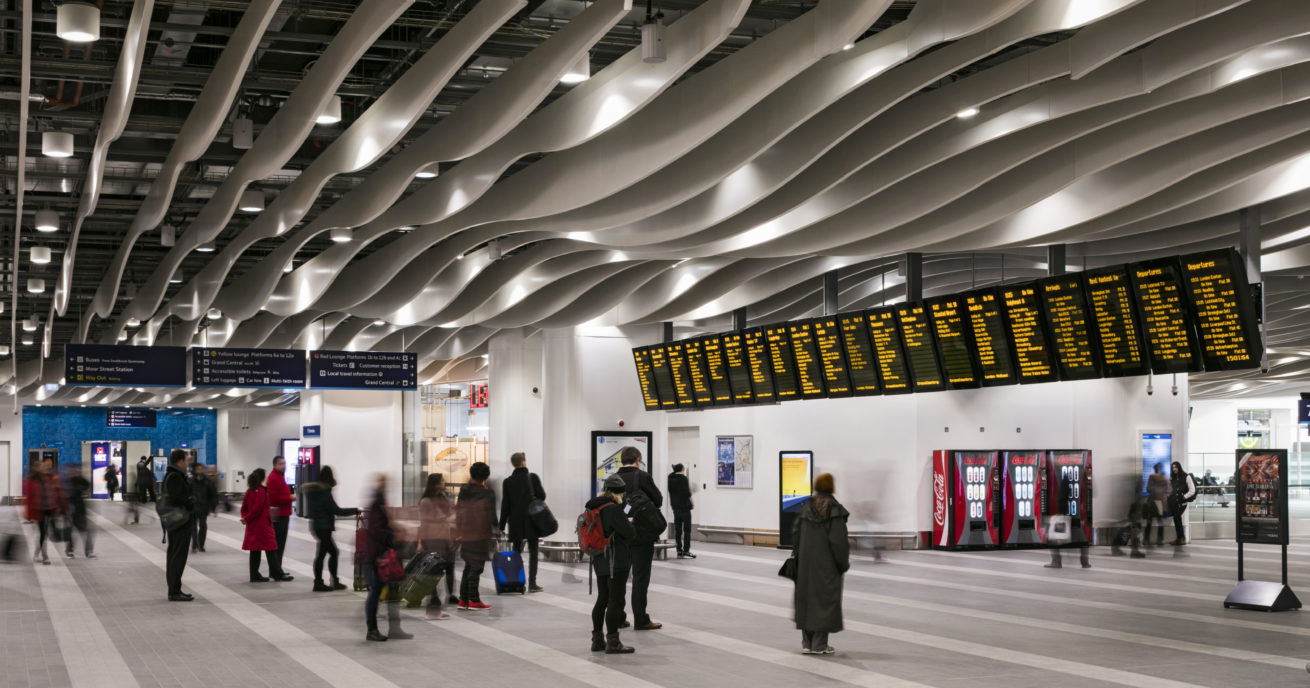There’s a lot more to building and developing Britain’s railway buildings and infrastructure than engineering.
An expert panel and a raft of new design principles are set to ensure better value and outcomes for the long term.
Network Rail’s first panel aimed at ensuring the adoption of better design practices launched in the spring and is working on its first projects, including a visitor centre at the Forth Bridge in Queensferry, near Edinburgh.
The Design Advice Panel, which includes architects, engineers and urban planners, is reviewing a proposal for an enhanced visitor experience at the iconic rail bridge in an example of how earlier design review and design principles will result in an improved structure.
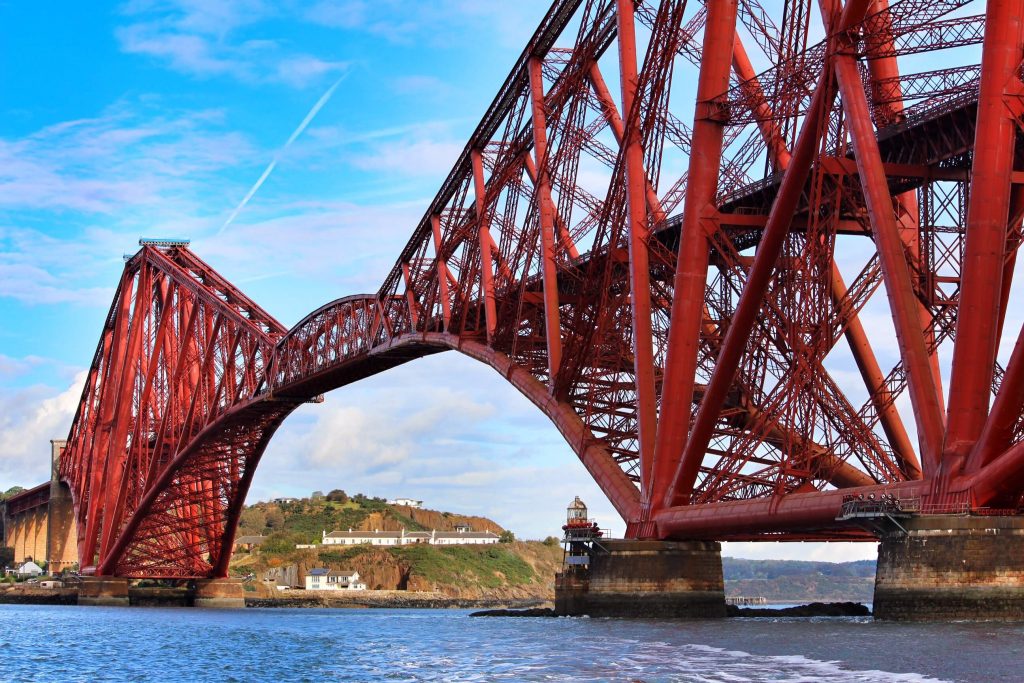
What’s the Design Advice Panel?
All future projects, such as new railway stations and footbridges, will need to go through the Design Advice Panel. It’s made up of a range of built environment specialists who will review design proposals at an earlier stage of a project than has been typical in the past.
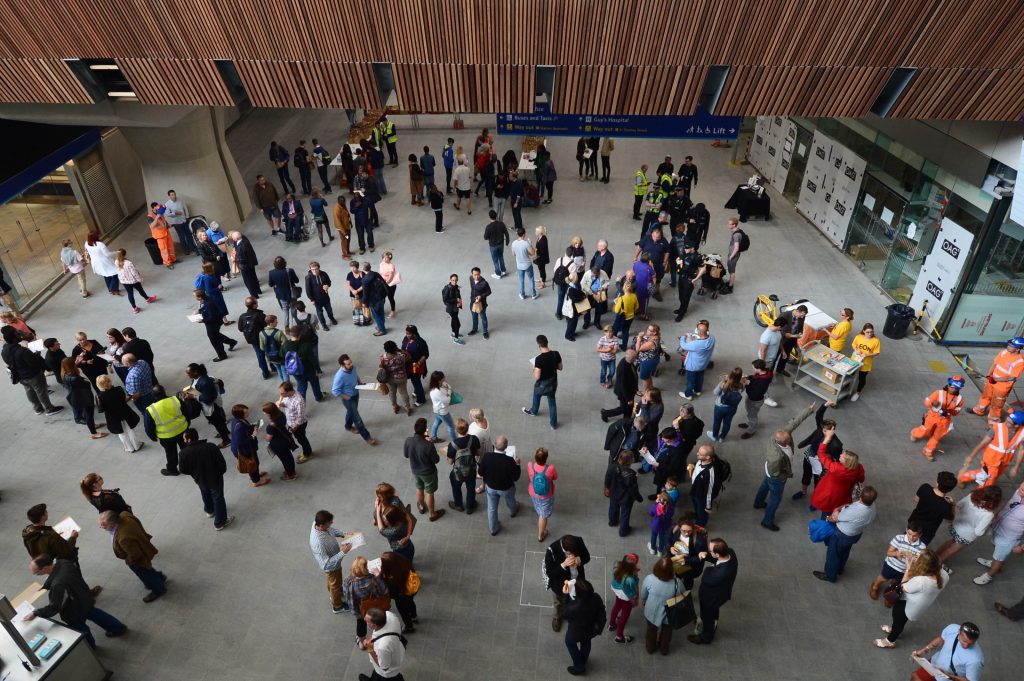
Design advice can help ensure compliance throughout the design, planning and delivery stages across themes such as safety, architectural assurance and inclusive design.
It leads to better construction that takes into account aesthetics, heritage, passenger requirements and human behaviour.
Frank Anatole, principal architect at Network Rail, said: “What you see, touch, smell as you go through a station has an impact on passengers’ satisfaction… It does have a real human impact.”
How the Design Advice Panel will improve the passenger experience
The panel’s launch comes as Network Rail aims to implement more inclusive design and provide Access for All in its future construction and redevelopment.
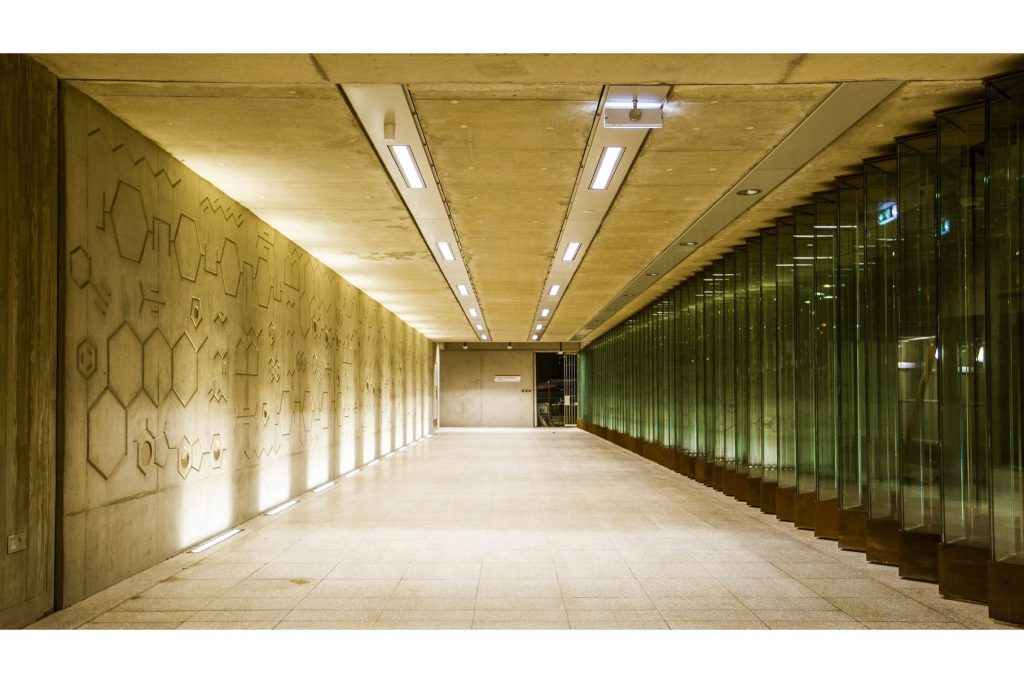
It follows the publication of Our Principles of Good Design Policy – guidelines that include nine design principles: identity; passengers; community-focussed; collaborative; inclusive; connected; contextual; enhancing heritage and innovative.
Since March, Network Rail has made design reviews mandatory to help ensure good design, resulting in projects that positively impact the passengers they serve, the communities they sit within, and the various organisations that invest in our built environment.
Buildings like Hackney Wick station, which reopened in May 2018 following a redevelopment, demonstrate the our aim to deliver more considered spaced communities can be proud of.
Designed by architects Landolt Brown, the station reflects the industrial heritage and waterways of the area while providing passengers with a light and airy ticket hall with new stairs and lifts to improve station access.
It’s won two awards from the Royal Institute for British Architects (RIBA) and an Institute of Civil Engineers (ICE) award.
Many of our projects must now demonstrate they respond to our nine design principles because good design demonstrably adds long-term value, while poor design often introduces short-term recurring maintenance and asset management issues.
Early design review can help projects avoid costly regulatory and planning mistakes or crucial project requirement omissions.
Inclusive design and Access for All
Inclusive design puts passengers’ needs at the heart of design and benefits people with a broad range of access requirements, including disabled people, some older people and those travelling with children or heavy luggage.
Access for All provides obstacle-free, accessible route to and between platforms to improve travel for passengers.
London Bridge station, which re-opened in May 2018 following a £1bn transformation, is our most high-profile example of inclusive design.
The station was originally built as two separate stations. The rebuild means that for the first-time passengers can reach all 15 platforms from one concourse. The redevelopment has also provided passengers with features such as step-free access at platforms.
In July, it was shortlisted for the prestigious RIBA Stirling Prize – given to the architect of the building deemed the most significant of the year for the evolution of architecture and the built environment.
In March, a public exhibition launched by Network Rail at RIBA highlighted how good design principles can lead to significantly better outcomes for smaller infrastructure found all over the railway – footbridges.
The exhibition showcased the best footbridge designs that submitted as entries to an international competition last year.
Danish architectural firm Gottlieb Paludan Architects won the competition, which challenged entrants to design fully accessible footbridges that could appear across Britain’s rail network.
The design, featuring a bold, elegant bridge with a resolved design aesthetic, has now been added to Network Rail’s catalogue of improved station footbridge designs.
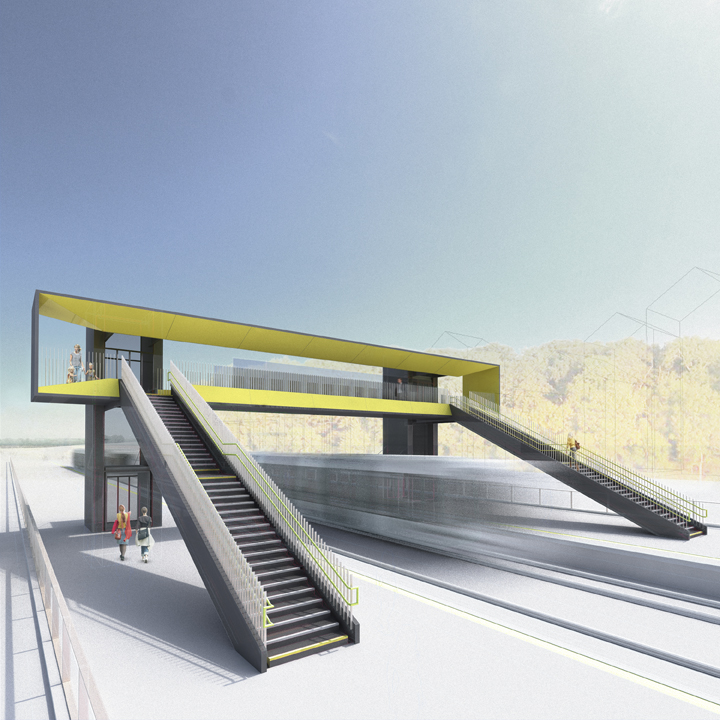
Anthony Dewar, head of buildings and architecture at Network Rail, said at the time: “The competition will help us to achieve our aim of ensuring design is at the heart of making Britain’s railway more inclusive and accessible for all.
“Our design principles, design panel and changes to architectural assurance requirements lay the foundations to ensure good design is embedded in our future works.”
